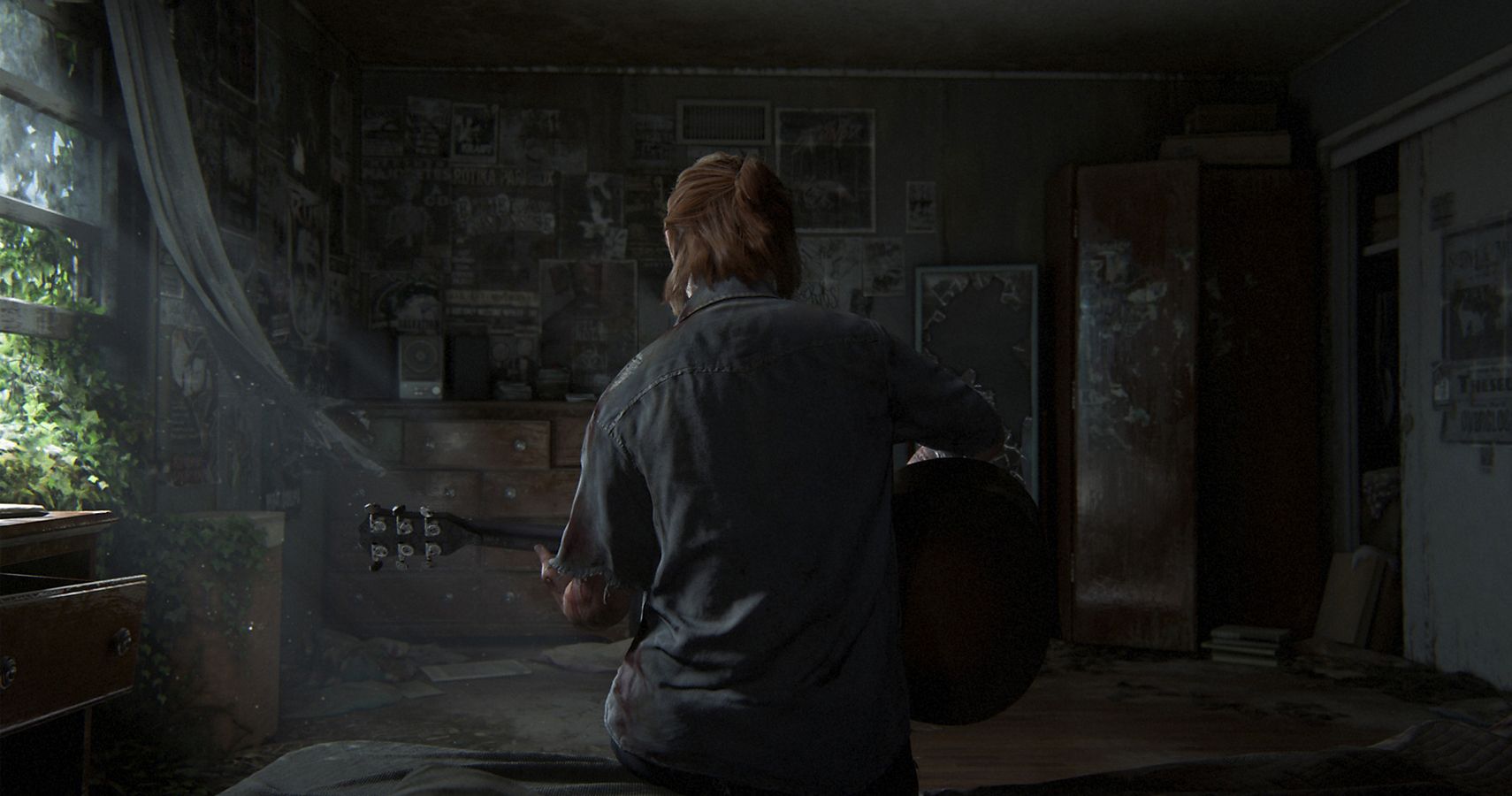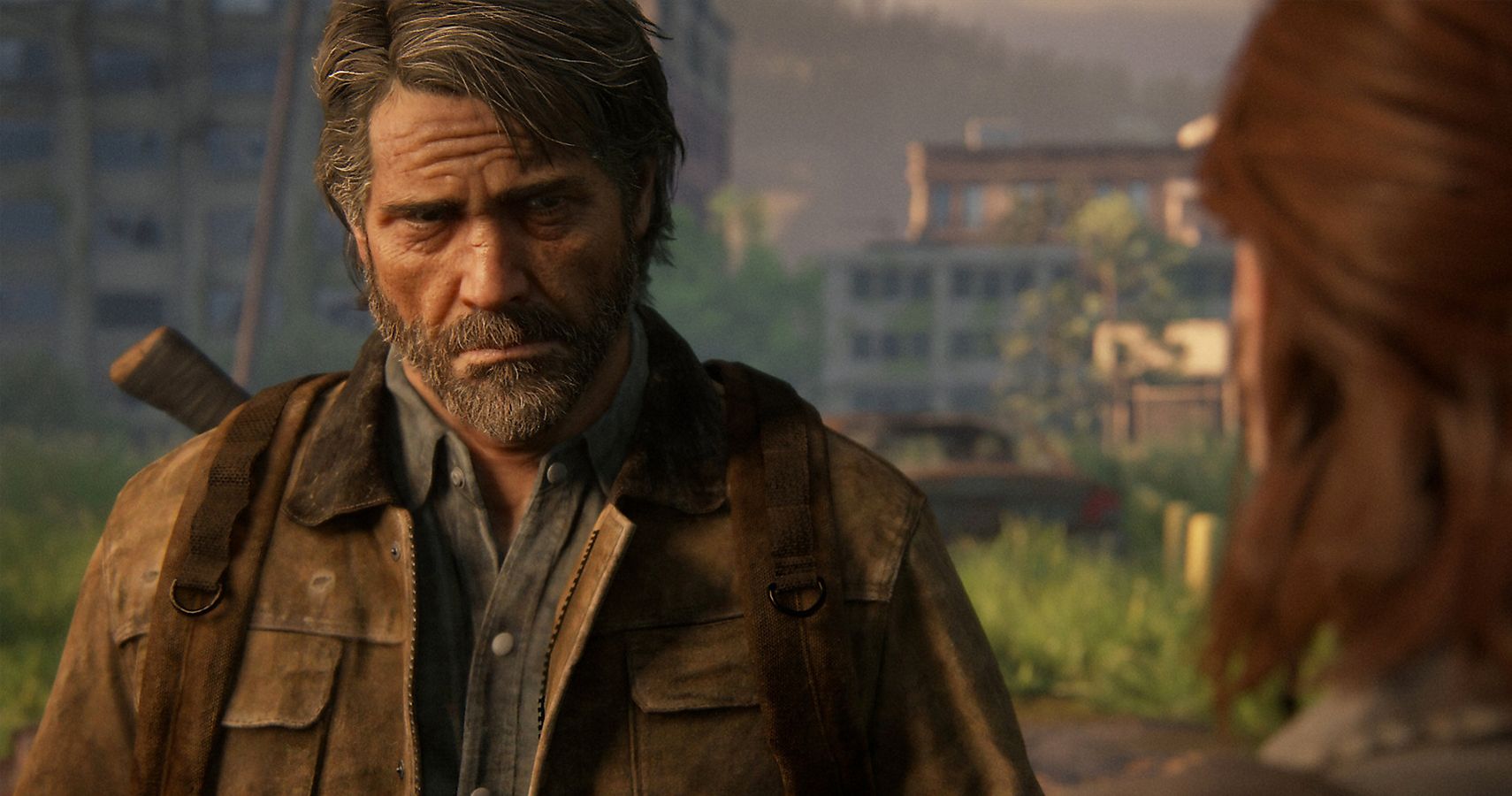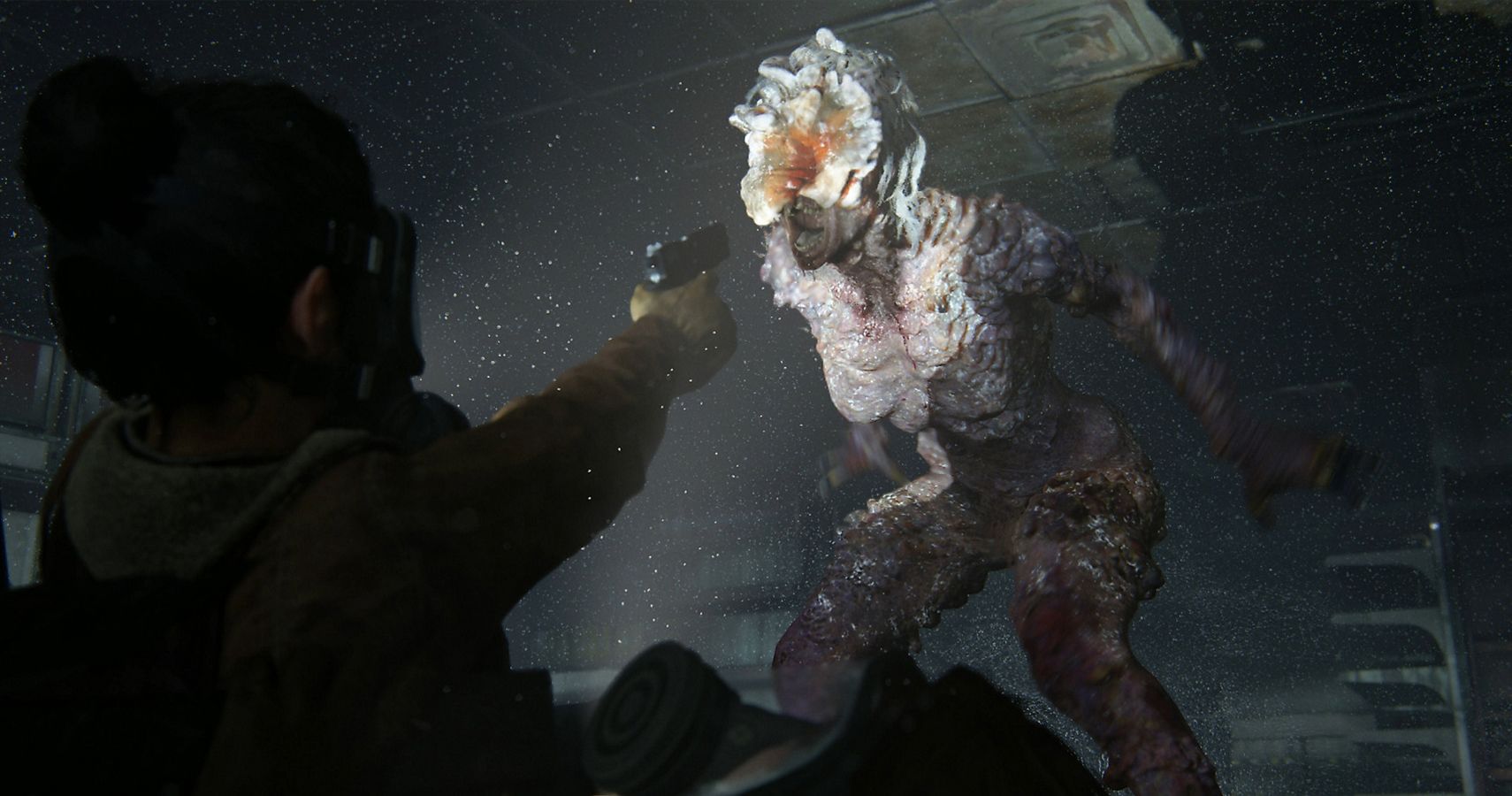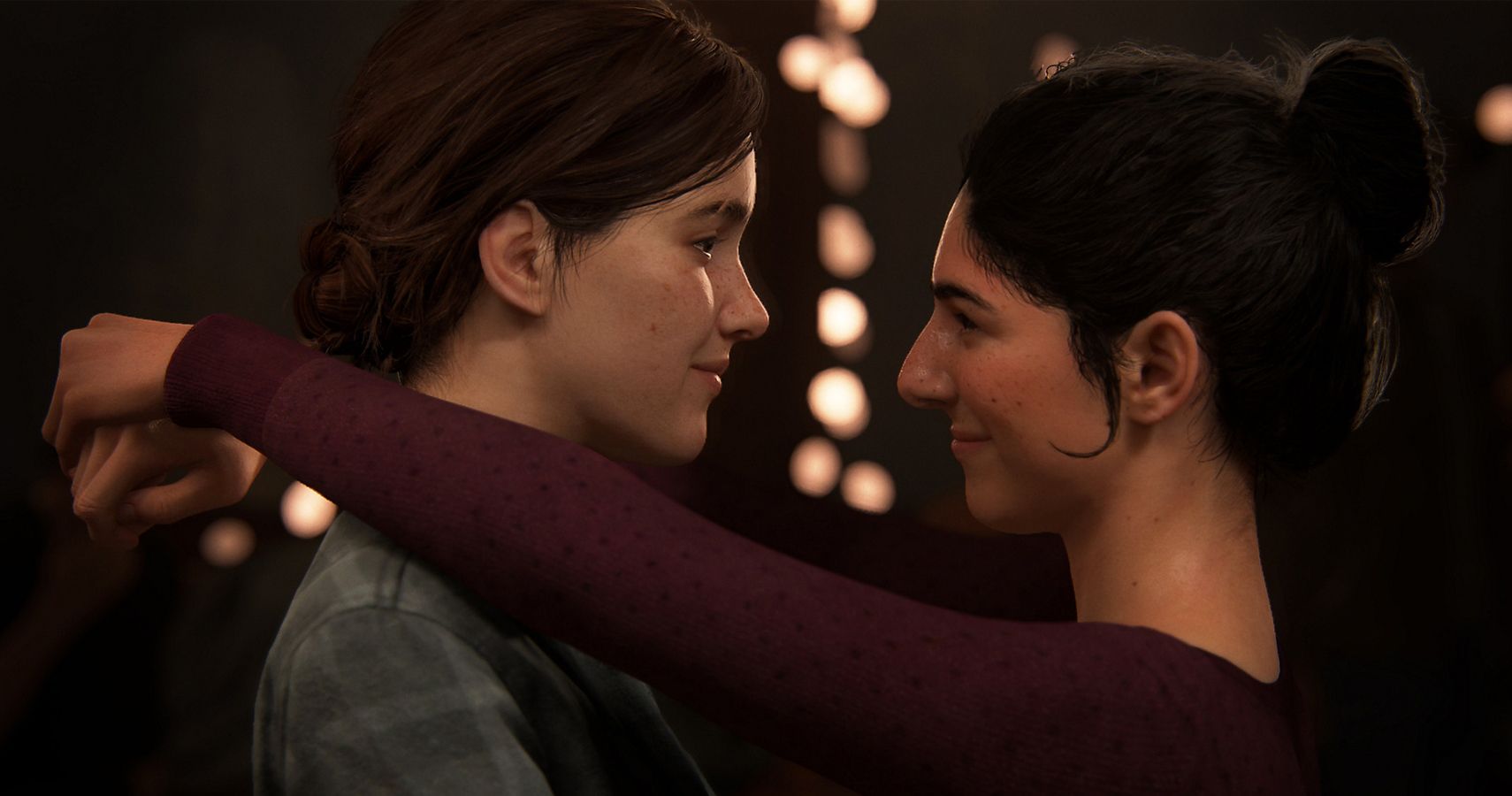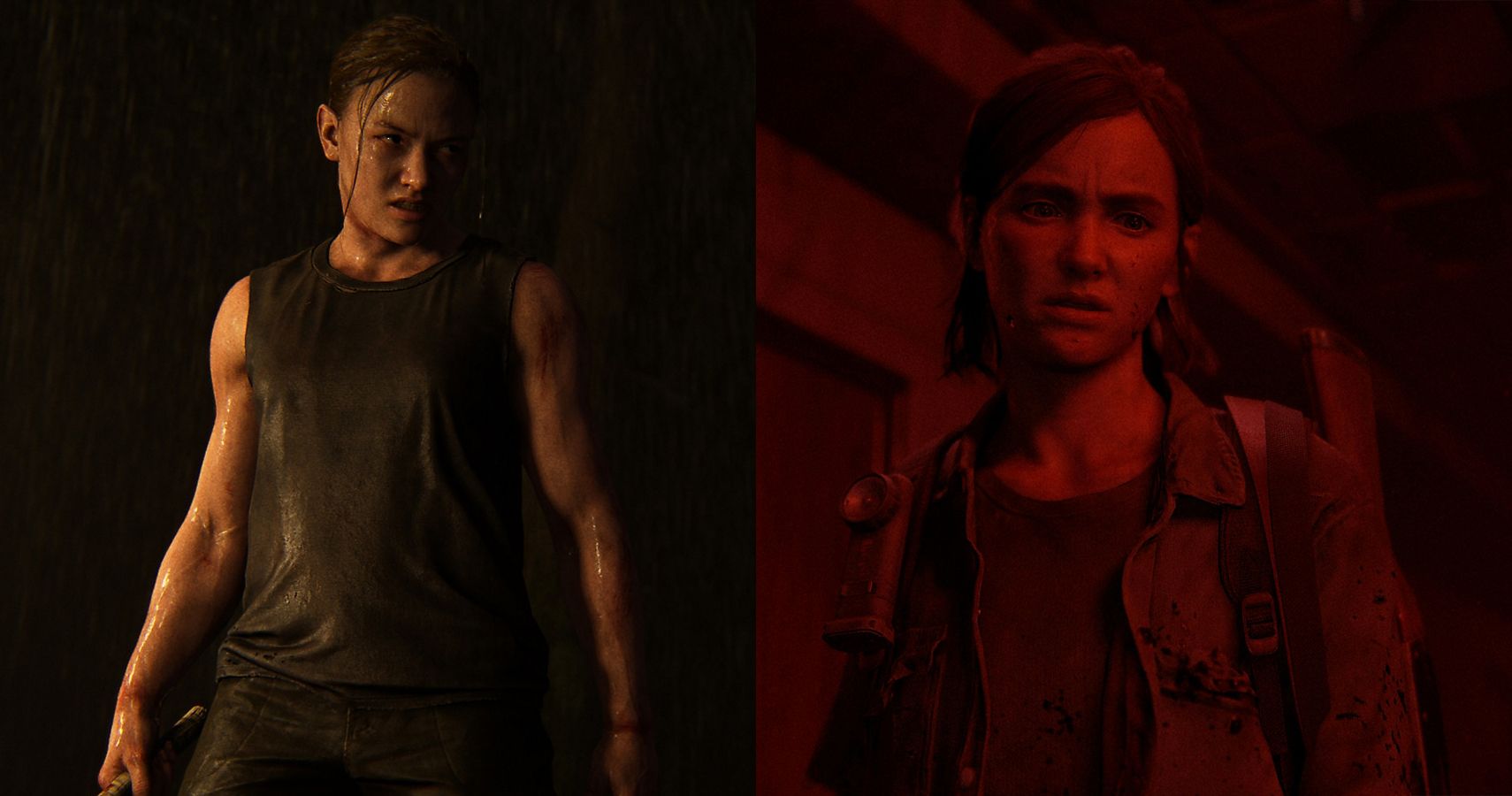In what could be one of the most anticipated games in recent memory, The Last of Us: Part II finally released as, most likely, the swan song for the PlayStation 4. It’s been just over seven years since the original game blew players away with captivating visuals and audio design; fun gameplay that combined the best elements from the genres of survival horror, action-adventures, and even platforming; and an emotional and unforgettable narrative featuring complex and now-iconic characters. The Last of Us: Part II puts players back in the beautifully-crafted, equally as scary, infected world almost as if they never left... which is both a good and bad thing.
Going Back To Jackson
The Last of Us: Part II picks up a few years after the events of the first game. Joel and Ellie have made a home in Jackson, Wyoming at an encampment with other survivors. Things don’t go quite as planned during a routine sweep of the area surrounding the encampment, resulting in Ellie and Dina - another survivor and Ellie’s love interest - going on a rogue mission to Seattle to find Abby, a former Firefly who sought out Ellie and Joel in the first place. Players actually take on the roles of both Ellie and Abby at various times throughout the game, allowing players to gain a deeper insight into the two’s connected relationship and the trials each has faced with infected, the militant Washington Liberation Front (also known as “Wolves”), and the cult-like Sepharites (also referred to as “Scars”). There is a whole lot more involved with The Last of Us: Part II’s story than what is presented here and I wish that I could touch on more; this high-level synopsis is just provided as a way to avoid any major spoilers, which will be discussed later in the review.
As was the case with the original game, The Last of Us: Part II’s narrative is the driving factor of the overall experience. Unlike the first game though, which had players playing as Joel and Ellie - two characters on the same side of the fight - playing as both Ellie and Abby adds a new dynamic to the narrative, as players are able to get different sides of the story. The Last of Us: Part II succeeds in this design, even with the initial pushback I felt in playing as Abby. Director Neil Druckmann and Lead Writer Halley Gross did well to create individual lead character stories and a supporting cast that stuck with me long after the credits rolled. I even grew to love Dina - possibly more than any other character (besides Joel) - which was something I didn’t expect to happen in the slightest.
Couldn’t Have Waited To Debut On The PS5, Huh?
Technically speaking, the visuals in The Last of Us: Part II are, unsurprisingly, strikingly gorgeous, with an audio design that effectively invokes a perfect emotion in whatever situation players find themselves in - from the waves crashing against the unsettlingly abandoned coastline to the subtle brushing sounds of walking through lush vegetation. Even the dead silence that occurs while stealthily making your way through an infected-infested apartment complex adds to the fear and elevated tension of the moment.
However, while it’s the small collection of major moments that make The Last of Us: Part II worth playing, there are still some questionable design choices that brought down the overall experience.
SPOILER WARNING: The remainder of this review will discuss details and spoilers from The Last of Us: Part II.
.
.
.
Before getting into the meat of the spoilers, from a technical standpoint, the third act of The Last of Us: Part II was not at all as tight and polished as the rest of the game. On multiple occasions, my character would clip out of the game or into an immovable object, repeat the same one-liner over and over again, and, for no reason at all, be killed at the hands of an enemy who was literally across the room. These moments weren’t game-breaking, as they weren’t consistently happening and glitches fixed themselves after a few seconds, but they happened enough to reflect negatively on such a major AAA title.
More Questions Than Answers
The major story moments in The Last of Us: Part II hit, and they hit exceptionally hard. From the audible gasp I made when Abby killed Joel, the fear and dread experienced while exploring the dark hallways and infected-filled corridors, the wide-eyed shock I had during Abby and Owen’s sex scene, the utter and complete heartbreak I felt when Mel and her unborn baby were killed, and the excitement of escaping from Haven, the emotional responses that The Last of Us: Part II invoked in me were some of the greatest I’ve ever felt in gaming. This was especially true during the final encounter with Abby and Ellie as they fought for their lives on the beach. I can’t shake from my mind the brutality and savagery of that final fight. It was incredibly difficult to take part in, which was no doubt the goal. But, mostly, I am just sad and disappointed that it happened at all. If anything, I would have loved to have had the ability to choose a side; that side undoubtedly being Abby’s. Say what you will about obsession, forgiveness, or any sort of closure for Ellie. After having been spared twice already by Abby, she selfishly abandoned Dina and JJ, and I, for one, applaud the decision for Ellie to return to an empty farmhouse.
Yet, after everything, the ending of the game had me exploring the question of, “What was the point?” Here we have a game that took seven years to develop that, gameplay-wise, plays nearly identical to the original game in every way, just with more of an exhausting number of fetch missions.
I can understand the impact that a complete game has, but I am still unconvinced that The Last of Us: Part II couldn’t have been released as episodic DLC chapters in the same manner as Left Behind, which still packed plenty of punch on its own. Couple this with the fact that the game is associated with a developer that has been steeped in controversy during the buildup to its release, and it just makes me wonder why we even needed this sequel at all, which is essentially just a brutal way of conveying how terrible we as human beings can be to ourselves and one another.
Let me be clear: I liked The Last of Us: Part II, and I feel like I can’t succinctly convey all of the things I wish to say about the game in 1,000 words (which I am well over at this point). The dystopian world created by the Naughty Dog team is one that I enjoy exploring and surviving in. For everything that The Last of Us: Part II gets right, though, I can’t help but feel like I just played through an extension of the same game from 2013. That’s not necessarily a bad thing, and like Ellie with Joel, I'm trying to accept the game as it is. Considering the impact that The Last of Us had on gaming, I guess I just expected to be blown away all over again.
A PlayStation 4 copy of The Last of Us: Part II was purchased by TheGamer for this review. The Last of Us: Part II is available now for PlayStation 4.
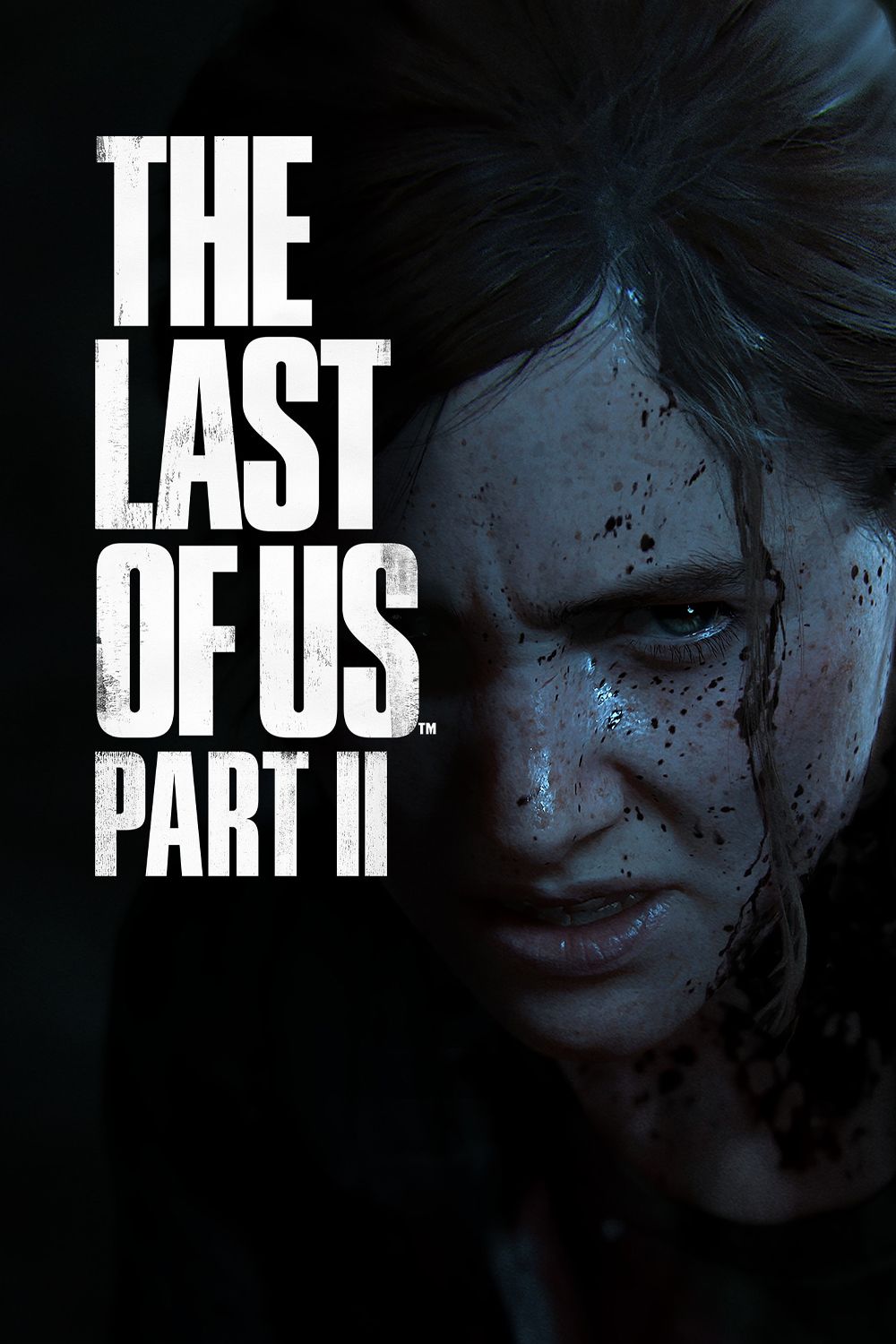
The Last of Us Part II
In The Last Of Us Part 2, the award-winning sequel to Naughty Dog's smash hit, Ellie sets off for Seattle and a showdown with a deadly enemy.

